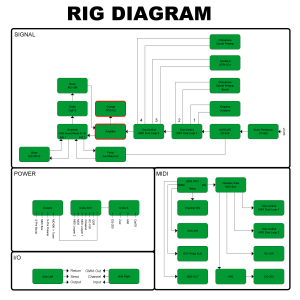@santiall
What do you think about 4x12 straight vs angled cabs? What would be your choice and why? For example 1960A vs 1960B?
I might be getting JVM soon and I am trying to gather as much information as possible to make it a good purchase :)
I was originally going to get 1960AHW as I hate plastic handles on other M cabs but... Reading this thread made me think again about 1960A or 1960B to go with the JVM.
I was/am also considering 1960AV. I've had briefly 1960BV (sent it back as the plastic handles were dire and both price/quality/sound was worse or the same as my cheaper Harley Benton 4x12 v30 which I already had) and Mesa 4x12 OS and didn't really like them that much. That made me think that I might prefer angled cabs more after all... even though I was on a hunt at the time to get the most thunderous, punchiest and full sounding cab there was/is. Actually the whole dream rig kind of fell short of my expectation... (Mesa Dual Rectifier + 4x12 Mesa OS straight). Probably user error though

Anyway, I would love to hear your experience, thoughts and every other detail about angled vs straight cabs. Of course any other info is more than welcome as well :)
After reading this thread I am mostly inclined to get 1960A or 1960B at the moment (if I will go with JVM)
I am also thinking about DSL100HR as I really love my DSL1 which is amazing and I love it a lot, except for the *POP* when you change channels from red>green :) . I think I would pair it with 1960AV. Was there any specific speaker that DSL100HR was designed to work with the best?
Also, is it safe to hook up a 100W or even 120W monster of an amp to a single 1x12 speaker (50W or even lower like 25W) if you will not play loud (ohms properly matched of course)?
From a technical point of view, is there anything more to worry about except for playing it too loud?
Thank you in advance for the reply. Health and Happiness to you and to whomever might be reading this/





